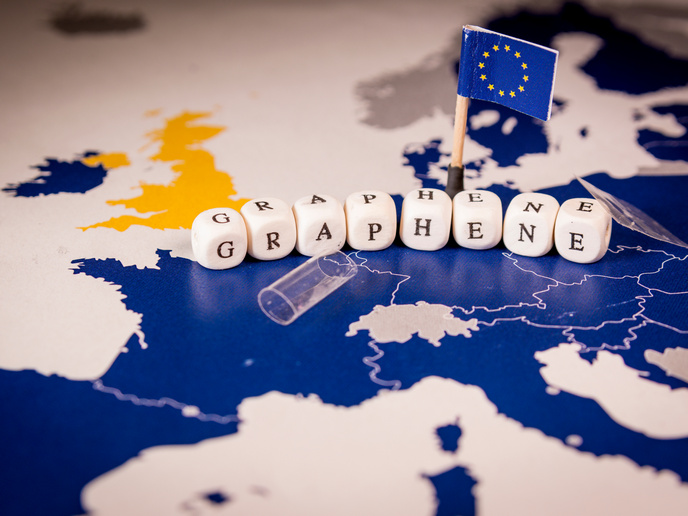Thermal conductivity in layered materials
In certain materials, electron-phonon coupling makes an important contribution to their thermal conductivity. The EU-funded project 'Non adiabatic vibrational spectra from first principles' (NON ADIABATIC PHONON) used computational techniques to further explore, design and characterise such materials. Project partners implemented two different recently proposed methodologies that allowed exploring the non-adiabatic contribution and anharmonic effects to the phonon spectrum. Such phenomena had been reported to mostly affect layered materials, such as graphene, magnesium diboride, graphene-calcium and superconductors. The first method was a self-consistent phonon calculation, with a Bose-Einstein factor displacing the atoms within the unit cell. The second method involved use of first-order perturbation theory for changes on the stationary forces after ionic displacements. Scientists characterised a large set of crystalline materials with different chemical structures. Results demonstrated that there are some materials with large anharmonic effects that also account for their low thermal conductivity. This property becomes relevant when investigating thermoelectric materials. NON ADIABATIC PHONON was a collaboration between members from Europe and Mexico. Project findings were disseminated through 12 publications.







